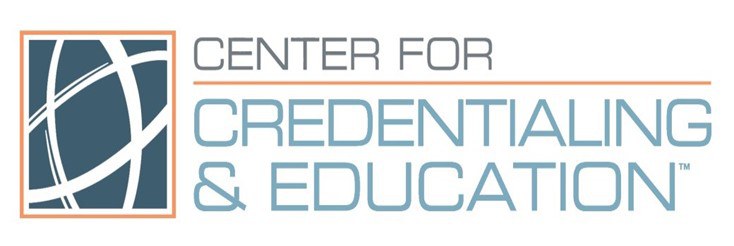
A Dashboard for Managing Complexity: Part 4 of 5
By: Patrick Williams
Michael Useem, The Wharton School professor and bestselling author, has published The Leader’s Checklist to create a clear roadmap for navigating any situation. Key questions help customize the list to fit specific needs. The first three were published in my previous post, here is part two.
-
Take Charge and Act Decisively: Embrace a bias for action by taking responsibility, even if it isn’t formally delegated. Make good and timely decisions, and ensure they are executed.
- Are you prepared to take charge, even when you are not in charge?
- If so, do you have the capacity and position to embrace responsibility?
- For technical decisions, are you ready to delegate, but not abdicate?
- Are most of your decisions both good and timely?
-
Do you convey your strategic intent and then let others reach their own decisions?
-
Communicate Persuasively: Communicate in ways that people will not forget, through use of personal stories and examples that back up ideas. Simplicity and clarity are critical.
- Are messages about vision, strategy and character crystal-clear and indelible?
- Have you mobilized all communication channels, from purely personal to social media?
-
Can you deliver a compelling speech before the elevator passes the 10th floor?
-
Motivate the Troops, and Honor the Front Lines: Appreciate the distinctive intentions that people bring to their work; build on diversity to bring out the best in people. Delegate authority except for strategic decisions. Stay close to those who are most directly engaged with the enterprise’s work.
- Have you identified each person’s “hot button” and focused on it?
- Do you work personal pride and shared purpose into most communications?
- Are you keeping some ammunition dry for those urgent moments when you need it?
- Have you made your intent clear and empowered those around you to act?
- Do you regularly meet with those in direct contact with customers?
-
Can your people communicate their ideas and concerns to you?
-
Build Leadership in Others, and Plan for Succession: Develop leadership throughout the organization, giving people opportunities to make decisions, manage others and obtain coaching.
- Are all managers expected to build leadership among their subordinates?
- Does the company culture foster the effective exercise of leadership?
- Are leadership development opportunities available to most, if not all, managers?




